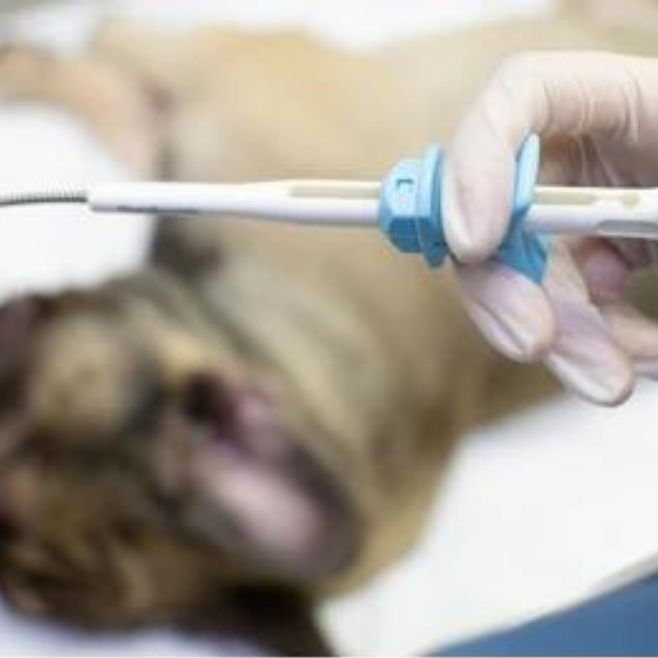
Radiology for Pets: The Importance of Diagnosing Our Furry Friends
Call (786) 536-5144
As pet owners, we understand the importance of keeping our furry friends happy and healthy. Part of ensuring their well-being involves having access to proper diagnostic tools, including radiology.

